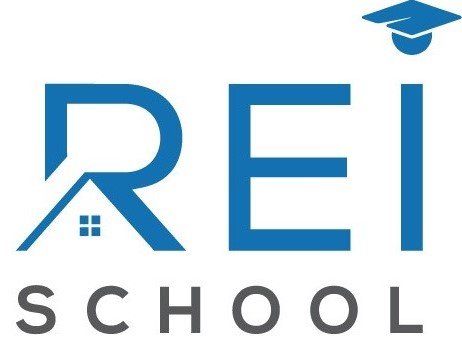November 17, 2025 | 3 Minute Read
With a sizable rental portfolio, I’m often asked, “Why don’t you just outsource property management and spend more time adding more doors?” The answer is simple: with the systems we’ve built, managing our rentals only requires 3 hours per week at most. When your systems and processes are dialed in, self-management becomes far easier—especially if your properties are local.

For a deeper look at the pros and cons of outsourcing versus self-managing, I discussed this in a previous post: Should You Hire a Property Manager or Self-Manage?
Check it our for further analysis.
Let’s continue with a breakdown of how we self-manage efficiently and the tools we use.
Tools That Make Self-Management Easy
Innago
Innago is our core property management platform. It allows us to:
Syndicate rental listings to Zillow and other major sites
Collect online applications and automatically pull credit
Onboard tenants digitally with electronic leases
Provide tenants with a portal for rent payments, maintenance requests, and document retrieval
Create lease templates
Integrate bookkeeping directly into QuickBooks
For us, Innago handles nearly the entire tenant lifecycle in one ecosystem.
Monday.com
Monday.com is a work-management platform where we track income, expenses, and financial performance for our short-term rentals. With customizable dashboards and widgets, it provides an easy real-time snapshot of our revenue and operational costs.
Infinity
Infinity is another customizable workflow platform. We use it specifically for:
Housekeeper schedules and notifications
Cleaning calendars
Organizing short-term rental turnover logistics and special guest requests
Its flexible views—such as table, Gantt, calendar, and forms—make it easy to build the exact system we need.
What Self-Management Actually Looks Like
These three systems allow us to handle all property management responsibilities from a laptop. Here’s the full breakdown of what we manage.
1. Creating YouTube Videos
This is essential. Prospects look at multiple rentals, and videos help them instantly recognize our properties. I text each prospect a link to a short 1-minute walkthrough before calling them.
Before videos, I would show a property 5–8 times. Now, I almost never show a property more than twice—and often applicants apply without an in-person showing.
2. Listing Properties
With Innago, listings syndicate automatically to major platforms. We also post our rentals on the Section 8 website, AffordableHousing.com, for additional exposure.
3. Showing Properties
This occasionally requires multiple visits, but it’s far more efficient when qualified prospects have already watched the walkthrough video. And of course, I can eventually outsource this to a local agent and pay them a fee for showings or a commission should the applicant be accepted
4. Onboarding Tenants
Everything is done digitally:
Tenant portals
Lease signatures
Rent and deposit payments
All through Innago.
5. Rent Arrears
Around the 10th of each month, I send a few texts or make a couple calls to tenants who haven’t paid. Typically, this applies to 1-3 tenants.
6. Maintenance
Tenants submit maintenance requests through Innago, and we assign them to subcontractors. QuickBooks automatically handles invoicing and payments.
We almost never go to properties ourselves unless a subcontractor needs us onsite for approval.
Total Time Commitment
If I spend more than 10 hours per month managing everything above, that’s a lot.
What If Your Rentals Aren’t Local?
You can still self-manage remotely by building a solid local team:
A real estate agent to show properties
A reliable handyman
Electrician
Plumber
HVAC technician
Websites like Thumbtack can help you find dependable subcontractors. For example, I recently used Thumbtack to find an appliance repair tech for a washing machine in one of our short-term rentals. He completed the repair on a Sunday allowing the current guest to use the machines before checking out the next day, and because his business depends on reviews, the work was excellent.
Should You Self-Manage?
Ultimately, the decision comes down to two key questions:
Do you want to learn property management now so you can eventually outsource to the right company based on your own PM experience?
Will the time you invest in management interfere with scaling your portfolio, or will efficient systems free you to focus on growth?
Self-management isn’t about doing everything yourself—it’s about building systems that do the heavy lifting for you. With the right tools, workflows, and local support team, managing your rental portfolio can be streamlined, efficient, and highly cost-effective.
Whether you choose to self-manage or outsource ultimately depends on your long-term goals, your time availability, and how hands-on you want to be in your business. But when done right, self-management can save money, provide full control, and set the foundation for a scalable, well-run rental operation.
And one last thing about self management, we are saving 10% of the total gross rent monthly typically paid to a property management company. That is more than $10,000 each month back in our pockets.
